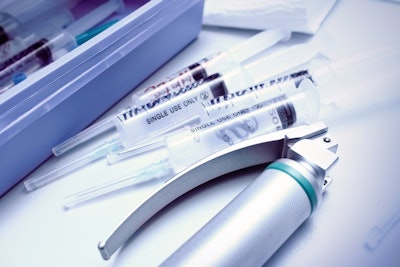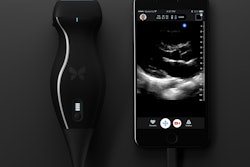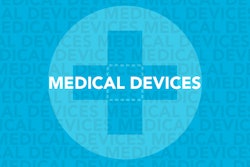
Since last September, all Class III and Class II medical devices sold in the U.S. are required by the FDA’s Unique Device Identification (UDI) Rule to be labeled with a Unique Device Identifier (UDI) meeting specified criteria, and for the Device Identifier (DI) to be entered in FDA’s Global UDI Database (GUDID). (For details on Class I, II, and III criteria, please see "Medical device classifications," below.)
While the industry now turns its attention to the Sept. 24, 2020 deadline for Class I devices to meet the same criteria, issues are being raised about the quality of Class III and Class II data already entered in the GUDID. End users are finding errors in some records, such as in the construction of the DI in accordance with their issuing agency guidelines.
Providers on the front lines
Ultimately, healthcare providers will depend on reliable data in the GUDID to help protect patient safety. These professionals will be accountable for discovering faulty information, or verifying accurate data before a device is placed in service.
Data quality may not be glamorous, but nothing could be more important because it drives value and saves lives.
No dirty data
The beauty of a central database listing all of the UDIs and critical attributes of a medical device is that a provider can verify the information related to a device they’re using for a patient’s care is the correct device. Their checks and balances will need to ensure that the device in the box matches the device on order.
But what if the information is wrong? This is an obvious red flag requiring providers to go back and verify, protecting patient safety with diligent checking and double-checking DI information.
Possible causes of a data mismatch include a simple error in data entry, or worse, incorrect DI information, such as “does not contain latex” when it does. This seemingly small detail becomes a very big deal when a provider can’t confidently confirm they’re utilizing the right device. If the label data doesn’t match the information in the GUDID, or if the data in the GUDID is erroneous, serious consequences could ensue, such as a need to delay surgery, or worse yet, unintentional use of the wrong device.
Data matters
Data management may seem dull and tedious, but in this scenario, even a one-digit error can underlie accidental use of the wrong medical device, with potentially terrible consequences.
Such errors can be prevented by ensuring that the data entered in the GUDID is accurate and complete in the first place. The importance of a robust, stringent data quality program can’t be overstated. Everything hinges on good data in a supply chain that so critically affects human life and death.
Generate high-quality data from the start
Looking ahead to 2020, Class I device manufacturers have the opportunity to examine their data systems, tap into available resources, and improve or implement new systems to generate high-quality data for device labeling and entry to the GUDID.
Data quality programs are continual, and business processes must be able to keep up with new or changing data and how to share it as a device is created and changed. It requires good data governance processes, and knowledge and training to support good product data creation and management, so data integrity is maintained through the product’s lifecycle and throughout the supply chain.
To help organizations improve data quality, GS1 US®, the information standards organization and administrator of the U.P.C. barcode, brought together industry stakeholders to develop the GS1 US National Data Quality Program.
Built on a standards-based framework, it addresses three essential components:
1. Data governance for processes and procedures.
2. Education and training.
3. Attribute audits to validate data governance processes and institutional knowledge through routine physical audits—comparing an actual product to the most recent information shared about that product.
The GS1 US National Data Quality Playbook provides more information about how companies can enhance product data quality.
Assigning fail-proof UDIs
Approximately 1.6 million devices are now registered in the GUDID, and 86% of those use GS1 Standards with GS1 Global Trade Item Numbers (GTINs) as their unique identifiers.
If a company using GS1 Standards has entered a faulty DI or GTIN in the GUDID, they have two options. The first option is to assign a new GTIN, discontinue the original record, update the product label with the correct information, and publish the new GTIN. This requires subsequently marking those products differently—not ideal, but an acceptable option. The second option is to contact the FDA UDI Help Desk and request a correction, and then update the product label with the correction.
As the year comes to a close, it’s important for companies in the medical device community to think about their data strategy and ensure the right structure is in place for establishing clean UDIs, ultimately contributing to patient safety.
Medical device classifications
The FDA classifies medical devices into one of three categories—Class I, Class II, and Class III.
Class I devices are considered low risk, subject to the least regulatory controls. Dental floss is an example of a Class I device.
Class II devices are higher-risk than Class I, requiring greater regulatory controls to provide reasonable assurance of the device’s safety and effectiveness. Condoms, for example, are classified as Class II devices.
Class III devices, such as replacement heart valves, are classified as the highest risk and are subject to the highest level of regulatory control. Class III devices must typically be approved by FDA before they are marketed.



















